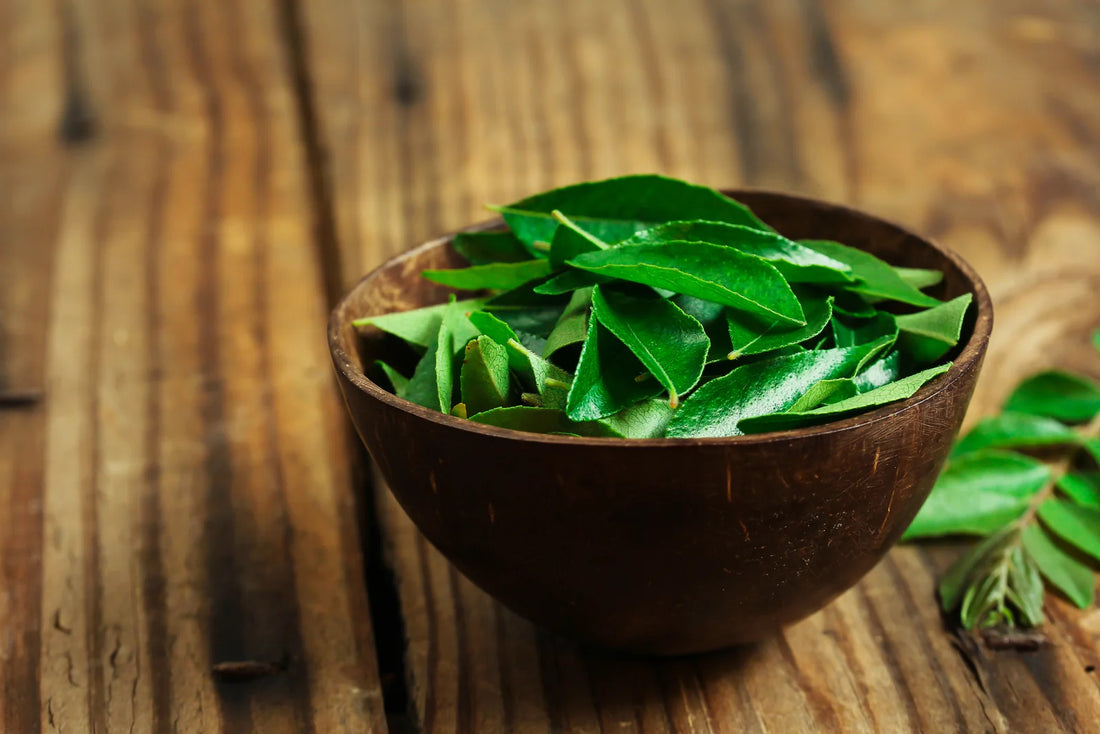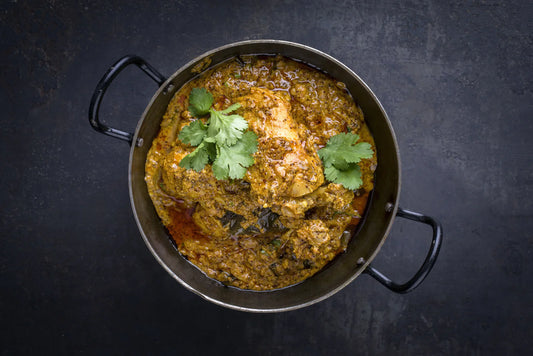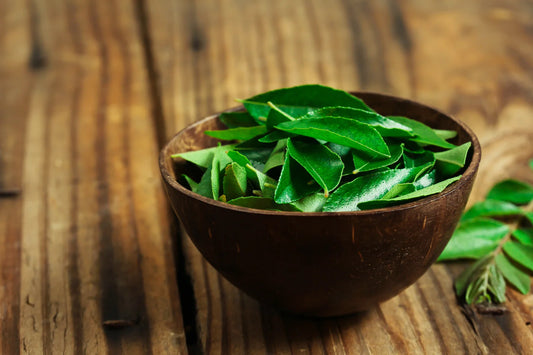If you’re a curry fan, you may have noticed the term “curry leaf” and seen those little leaves in some of your favourite curries.
Have you ever wondered about this humble leaf? That ordinary looking leaf that immediately adds a burst of flavour to your favourite curry dish?
The curry little leaf has been spoken about for centuries now. The use of the curry leaf as a flavouring agent is found in early Tamil (language spoken in South India and Sri Lanka) literature dating back to the 1st to 4th centuries AD. Curry leaves are still closely associated with South India where the word 'curry' originates from the Tamil word 'kari', used for spiced sauces.
The curry leaf tree is native to India, Sri Lanka, Bangladesh and the Andaman Islands. From wild jungles to farmlands and almost everywhere in the Indian subcontinent excluding the higher levels of the Himalayas, curry leaves grow in abundance. In the East, its range extends into Burma, Malaysia, South Africa and Reunion islands.
Curry leaves belong to the citrus fruit family. The leaves are glossy green and have a very powerful aroma. There’s a citrus quality to them, naturally, but also something else that’s both bitter and sweet. There are many ways to cook with curry leaves, but they are often used in a similar fashion to bay leaves ― though they’re often first fried in oil to release their flavour.
Curry leaves also bring a refreshing freshness to the palate which works amazingly well with the other spices in a curry.
Curry leaves are not only highly flavourful but also packed with beneficial plant compounds and antioxidants that can benefit your health in many ways.
So, the next time you see one of those flavourful leaves in your favourite curry, just remember, they’re not just adding flavour to that amazing curry but also a small burst of healthy antioxidants to your meal.


